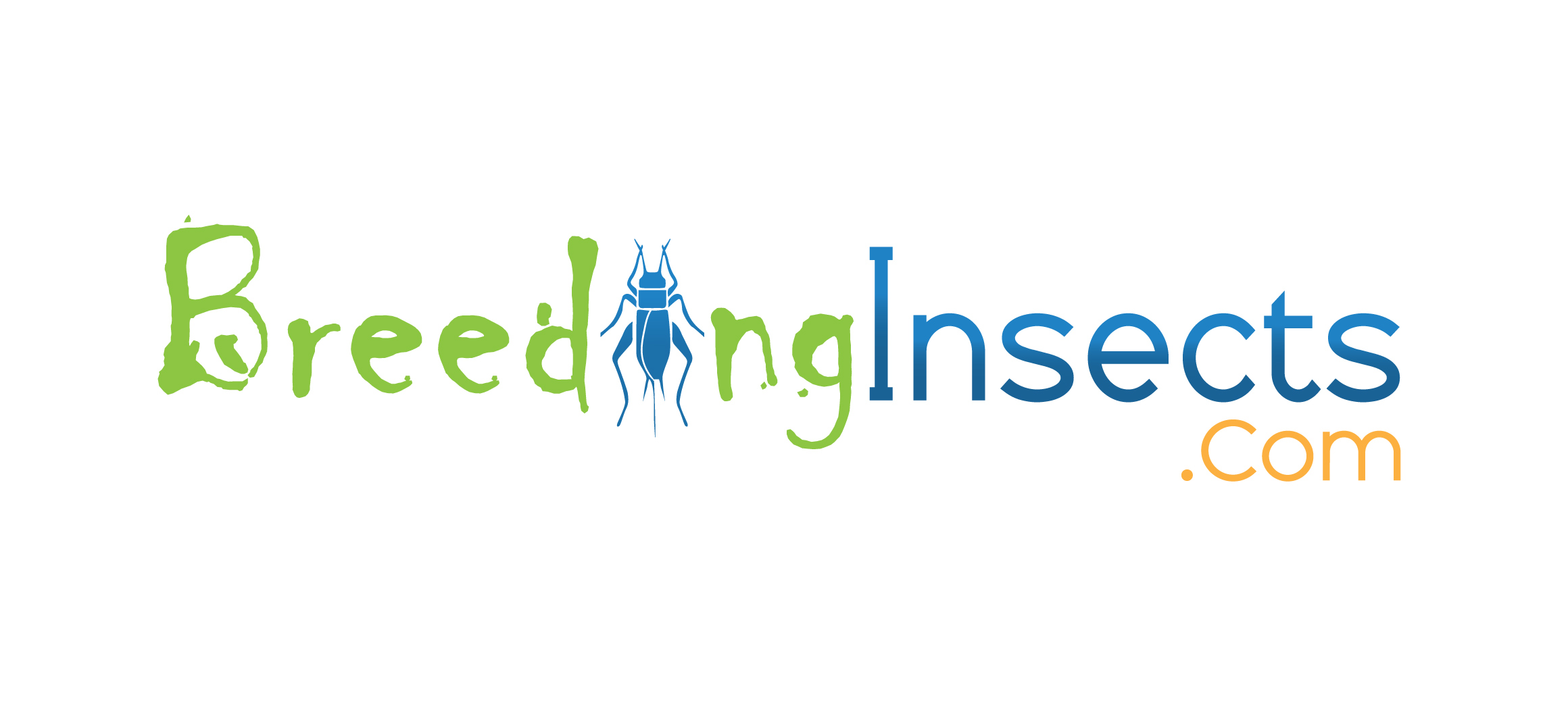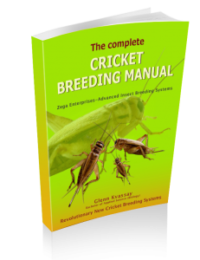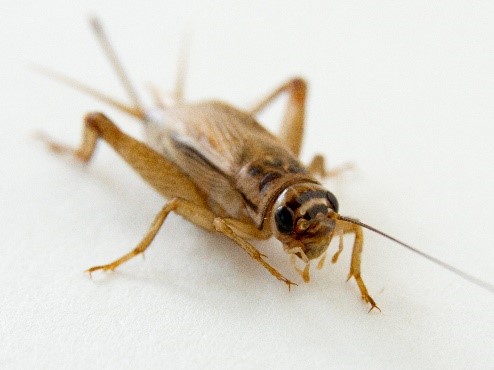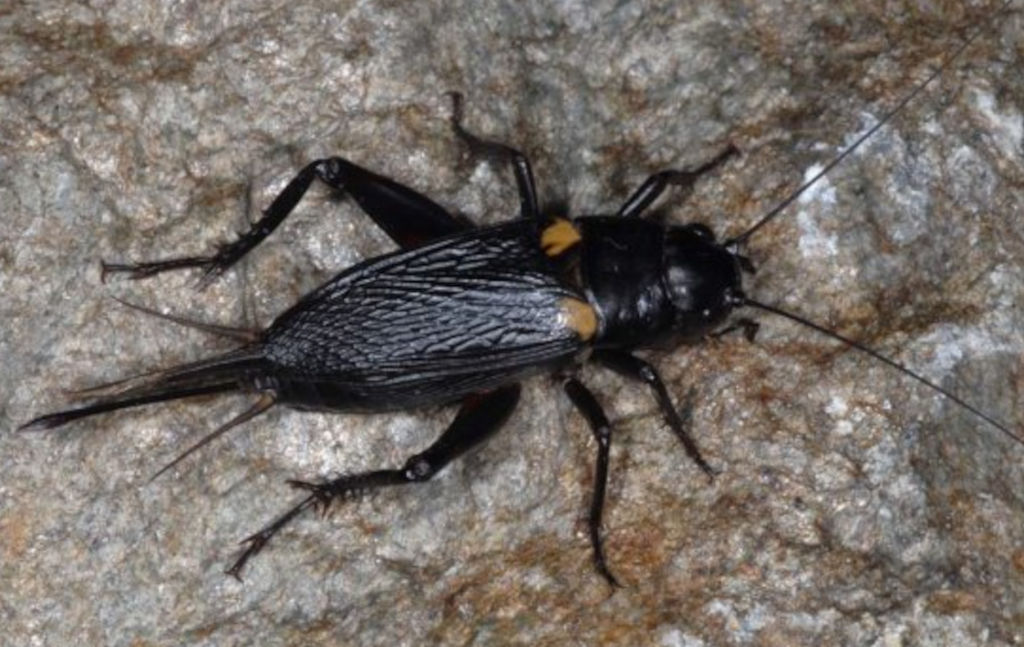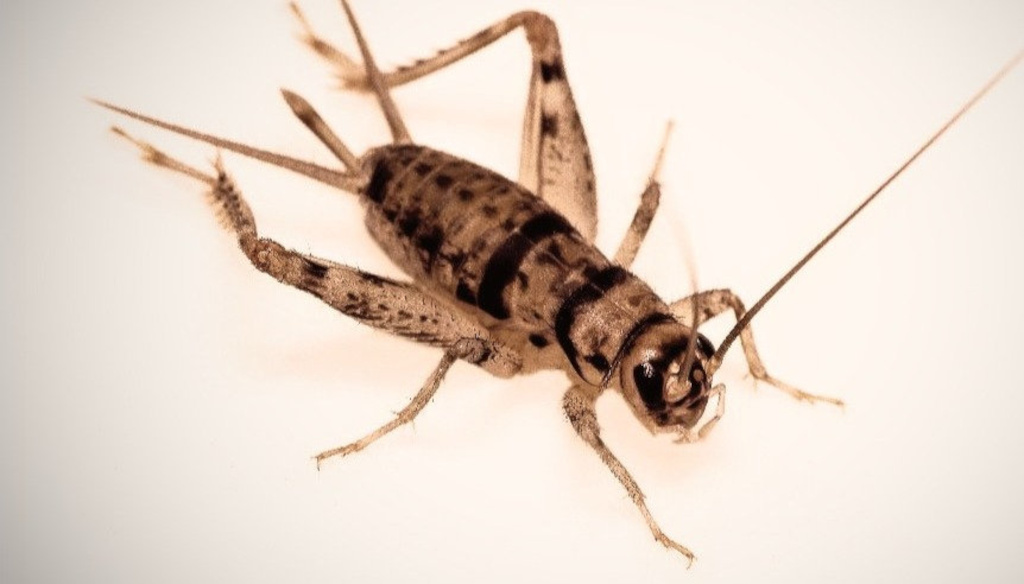In addition to these species, there are several other species of crickets that are also used for commercial production, such as Gryllus assimilis, Gryllus firmus, and Gryllus pennsylvanicus. These species are chosen for commercial production due to their high protein content, high reproductive rates, hardiness, and ease of breeding.
In summary, the main species of crickets used for commercial production are Acheta domesticus, Gryllus bimaculatus, and Gryllus campestris. These species are chosen because they are easy to breed, have high reproductive rates, and are well-suited for different types of production environments. They are also relatively small or high protein content making them easy to handle and process.
Crickets are a popular source of protein for human consumption and animal feed, and several species are used for commercial production. The most commonly used species include Acheta domesticus, Gryllus bimaculatus, and Gryllus campestris.
House Cricket
Acheta domesticus, also known as the house cricket, is the most widely used species for commercial production. It is also known as the “European cricket” or “Brown house cricket”. This species is easy to breed, has a high reproductive rate, and can be raised on a variety of diets. They are also relatively small, making them easy to handle and process.
The species is thought to have originated from South Western Asia; however it has spread to most countries around the world through the pet trade or accidentally in transport cargo. This species is given its common name due to its habit of living in houses to avoid cold winter temperatures. This species is typically grey or brown in color.
Productive females can lay approximately 200 eggs in a batch and are capable of laying a batch every couple of weeks. The house cricket is generally a hardy species that travels well when packaged appropriately and is well suited to commercial production. The information provided in this manual relates to experience gained with the breeding of the house cricket, which for the most part could be used for other species such as the black cricket.
Field Cricket
Gryllus bimaculatus, also known as the field or black cricket, is another species commonly used for commercial production. This species is found in europe and is well-suited for outdoor production. They are hardy and can tolerate a wide range of temperatures and humidity levels.
There are many species of black crickets and in some countries other closely related native species are bred. For example in Australia Teleogryllus commadus is occasionally bred. In the wild the young hatch in spring and feed on a wide range of seeds, plants, insect or animal products. This species colour can range from jet black, brown or red depending on the species. Like the house cricket, they are omnivorous eating plant and animal remains.
This species colour can range from jet black, brown depending on the species. Like the house cricket, they are omnivorous eating plant and animal remains. The female can lay approximately 2, 000 eggs over their lifetime.
Banded Crickets
Recently a virus known as the Cricket Paralysis Virus has spread from Europe to the US. The virus, only affects the Acheta domesticus (house cricket) and has caused cricket deaths across many commercial insect farms. Luckily this disease is safe to animals or humans. Unfortunately measures to contain this virus were largely ineffective and many cricket farmers switched to the virus-resistant Gryllus assimilis (Jamaican Field Cricket). The house cricket is still commonly bred across the world but in some parts of the US you may see more Jamaican field crickets being sold. In Australia we have not had this disease and haven’t had firsthand experience, however anecdotally many breeders we have spoken to have commended that many of the farms affected may have had inadequate hygiene practices.
Mole Cricket
Gryllus campestris, also known as the mole cricket, is a species that is relatively new to the commercial cricket production industry. This species is native to North America and is known for its high protein content and high reproductive rate. They are also relatively large, making them ideal for use as animal feed.
Native Species
To reduce the impacts of introducing foreign species, consider using species native to your local area. Many countries have a native species of field cricket which are generally well suited to production. This is also a good strategy when your commercial supplier has insects showing signs of diseases or genetic inbreeding (deformities, low disease immunity etc.). As these species are from the wild, they generally have good genetic diversity. Although the risk of diseases is low, you may wish to have them in quarantine for a while to check that they do not harbor diseases or pests.
Other Species
In addition to the above species, there are several other species of crickets that are also used for commercial production, such as Gryllus assimilis, Gryllus firmus, and Gryllus pennsylvanicus. These species are chosen for commercial production due to their high protein content, high reproductive rates, hardiness, and ease of breeding.
Species Comparison
Black crickets are slightly more sensitive during transit and are more demanding in their hygiene and husbandry requirements. They are slightly larger with a 3-4 cm body (1.18-1.57 in) and are generally more difficult to digest than the house cricket due to their chitinous (hard protective substance) thorax and wings. The house cricket is smaller with an approximate body size of 2-3cm (0.79-1.18 in).
Jamaican field crickets are similar to the house cricket and are also well suited for cricket production. Many native species of crickets are well suited for commercial production.
As you will initially need a local supplier and occasionally need additional stock to improve genetics, it is recommended to purchase the species which is easily obtained from other commercial breeders in your area.

